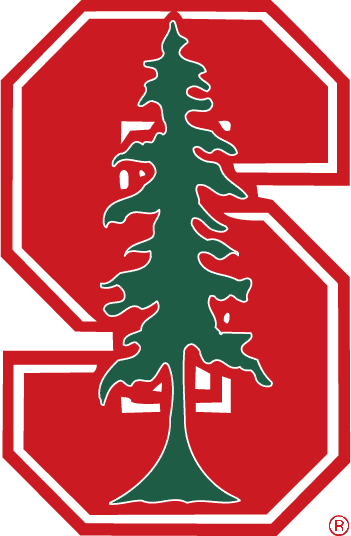Bacterial Transformation with E. coli.
Web link opens in a new tab; file link initiates download.
Biotechnology is the use and alteration of biological materials to make food, drugs, and other goods. Genetic engineering encompasses many different techniques for moving DNA between different organisms. Transformation is the process by which organisms acquires and expresses a whole new gene (Campbell, 2017). This laboratory experience will introduce students to a wide range of science practices and content in a first-year biology course. The scientific content will consist of the mechanism of gene expression in Escherichia coli through biotechnology advances. Before this lab experience, students have learned about DNA structure and function, protein synthesis, and gene expression. The goal of this lab is to understand the process of transformation, to see evidence of transformation in real-time, and to conduct an experiment using sterile techniques. In this lab, students will move through several learning experiences such as creating a paper model of a plasmid and completing a virtual lab in pairs culminating with a wet lab in which they will transform E. coli with the pGLO plasmid that contains a gene for ampicillin resistance and green fluorescent protein. Students will plate the E. coli cells and transformed E. coli cells onto LB plates with various components. This lab will support the understanding of the pBAD operon and prokaryotic gene expression lecture portion of the class (Mosher, 2002).

